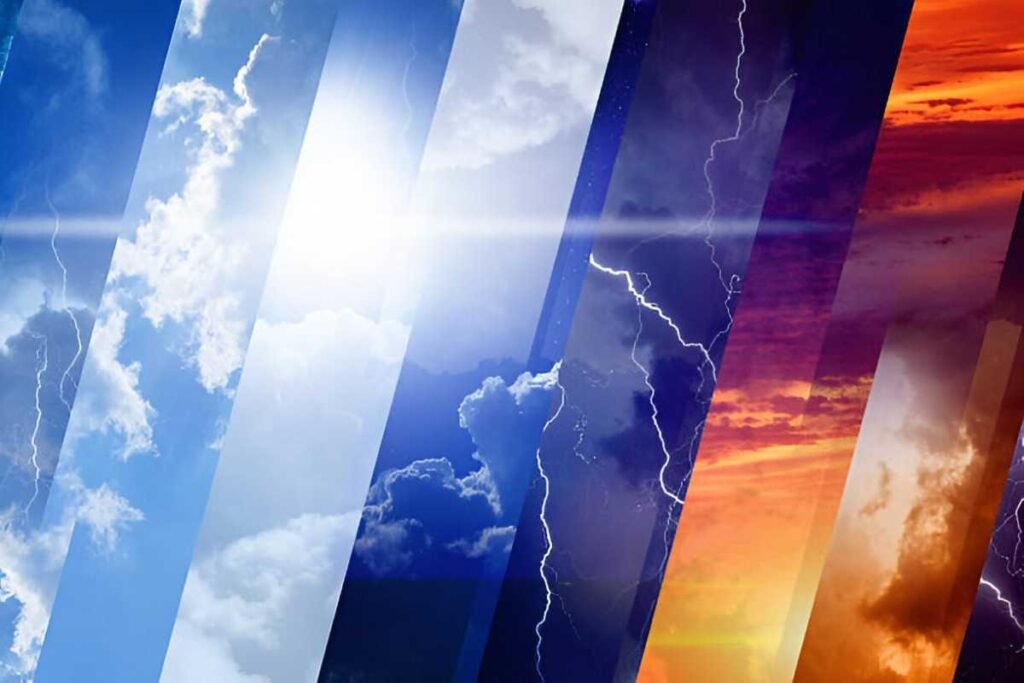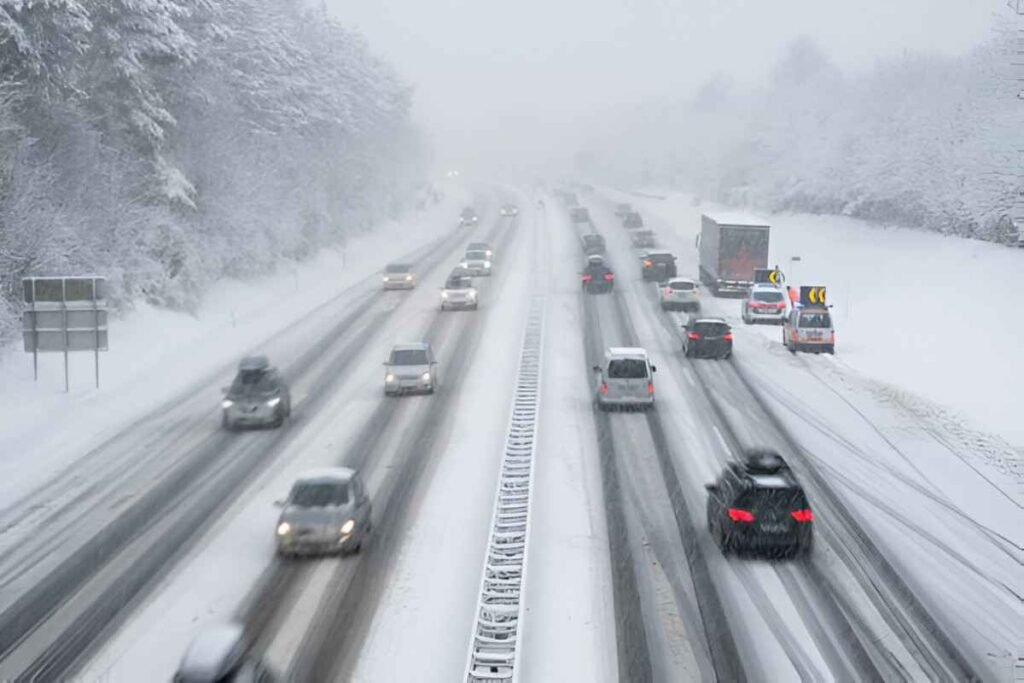Overview
In a dramatic series of events early this week, several moderate to strong earthquakes struck the South Island of New Zealand, rattling communities, disrupting daily life, and prompting widespread concern among residents and experts alike. The latest tremor, registering a magnitude of 6.2 on the Richter scale, occurred at 3:14 a.m. local time on March 24, 2025, near the coastal region of Christchurch. Authorities report that the sequence of earthquakes began on March 22 and has continued intermittently, with at least five significant quakes in the region over the past 48 hours.
Seismic Activity and Timeline of Events
According to the New Zealand Geonet monitoring system, the initial tremors began in the early hours of March 22 with a 5.4 magnitude quake near Timaru. Over the next two days, the region experienced additional shocks, including a 5.8 magnitude event on March 23 in the Canterbury plains. The most powerful tremor, a 6.2 magnitude quake, hit near Christchurch just after dawn on March 24. Although the earthquakes were centered offshore, the energy released has been felt across multiple urban centers, with reports of shaking as far north as Wellington and as far south as Dunedin.
Dr. Rangi Te Puni, a geophysicist at the University of Otago, explained that this cluster of quakes is likely the result of complex interactions along the boundary of the Pacific and Indo-Australian tectonic plates. “New Zealand sits atop one of the most active seismic regions in the world,” Dr. Te Puni noted. “What we’re witnessing is a series of aftershocks and adjustments as stress is redistributed along pre-existing fault lines.”
Impact on Communities
In Christchurch, the most heavily affected area, residents experienced several seconds of intense shaking during the 6.2 quake. While there have been no immediate reports of fatalities, emergency services confirm that there are dozens of injuries ranging from minor cuts and bruises to fractures caused by falling debris. Hospitals in the area have activated emergency protocols, with triage centers established in several public buildings to manage the influx of patients.
Local infrastructure has sustained noticeable damage. Several older buildings in the central business district have reported structural cracks, and numerous roadways, bridges, and utility lines have been disrupted. Electricity and water services in some suburbs have been interrupted, prompting local authorities to deploy repair crews on an emergency basis.
“We are working around the clock to assess the damage and ensure that affected communities receive the necessary support,” said Emma Thompson, spokesperson for the Christchurch City Council. “Our primary focus is on public safety and restoring essential services as quickly as possible.”
Government and Emergency Response Measures
The New Zealand government has mobilized its National Crisis Management Centre to coordinate efforts across multiple agencies. Prime Minister Helen Ardern addressed the nation on the evening of March 24, assuring citizens that comprehensive relief measures are in place. “The safety of New Zealanders is our highest priority,” Prime Minister Ardern declared. “We are deploying all available resources to support the affected communities and ensure that our response is swift and effective.”
Emergency services, including fire departments, police, and specialized search and rescue teams, have been dispatched to the most impacted areas. Relief centers have been established in key locations, and residents are urged to stay informed through official channels. Local authorities have also advised residents to prepare for additional aftershocks by securing heavy furniture, checking emergency kits, and following safety guidelines issued by the Ministry of Civil Defence.
Economic and Social Implications
Economists warn that the prolonged seismic activity could have short-term economic repercussions for the region. The tourism sector, which has been recovering steadily over the past few years, may face temporary setbacks due to safety concerns. Additionally, local businesses in Christchurch and surrounding areas are experiencing disruptions, leading to losses in revenue. “While our immediate focus is on ensuring the well-being of our citizens, we must also prepare for the economic challenges that may follow,” said Mark Reynolds, an economic advisor at the Ministry of Business, Innovation and Employment.
Socially, the series of earthquakes has united communities in a spirit of resilience and mutual aid. Neighbors are seen assisting one another with evacuations and recovery efforts, and community centers have become hubs for distributing supplies and information. Local charities and volunteer organizations have ramped up their efforts to provide food, shelter, and psychological support to those traumatized by the events.
Historical Context and Seismic Preparedness
New Zealand’s seismic history is well documented, with the country experiencing some of the world’s most significant earthquakes. The devastating 2011 Christchurch earthquake, which claimed 185 lives and caused widespread destruction, remains a pivotal moment in the nation’s collective memory. In the wake of that tragedy, significant investments were made in earthquake-resistant infrastructure and early warning systems. However, experts caution that no measure can completely eliminate the risk of damage from high-magnitude events.
“New Zealand has made remarkable progress in improving building codes and emergency response systems,” explained Dr. Te Puni. “Nevertheless, the inherent nature of tectonic activity means that earthquakes will always pose a risk. Continuous monitoring and preparedness are essential.”
Expert Opinions and Scientific Insights
Seismologists have been closely monitoring the region, using advanced technologies such as real-time GPS tracking and satellite imagery to model the stress distribution along fault lines. Dr. Anika Patel, a researcher at GNS Science, emphasized the importance of these tools in predicting aftershock patterns and potential areas of concern. “Our models indicate that while the most significant release of energy has already occurred, smaller aftershocks are expected in the coming days,” Dr. Patel stated. “We urge residents to remain vigilant and adhere to safety recommendations.”
Environmental scientists also highlight that these seismic events could have broader ecological impacts, including minor changes in groundwater levels and potential effects on local ecosystems. Studies are underway to assess the environmental implications, with preliminary reports expected within the next few weeks.
Long-Term Outlook and Preparedness Initiatives
The recent earthquakes have prompted renewed discussions among policymakers regarding long-term seismic preparedness. In recent months, the government has been reviewing its disaster response framework, with proposals on the table for increased investment in resilient infrastructure, enhanced early warning systems, and community education programs. “This is a wake-up call,” commented a senior official at the Ministry of Civil Defence. “We must continue to improve our readiness and ensure that every citizen understands the importance of earthquake preparedness.”
Local communities are also taking proactive measures. In Christchurch, neighborhood groups have organized drills and workshops on emergency response, and schools are integrating earthquake safety into their curricula. These initiatives are designed not only to save lives during emergencies but also to foster a culture of preparedness that can mitigate the impacts of future seismic events.





